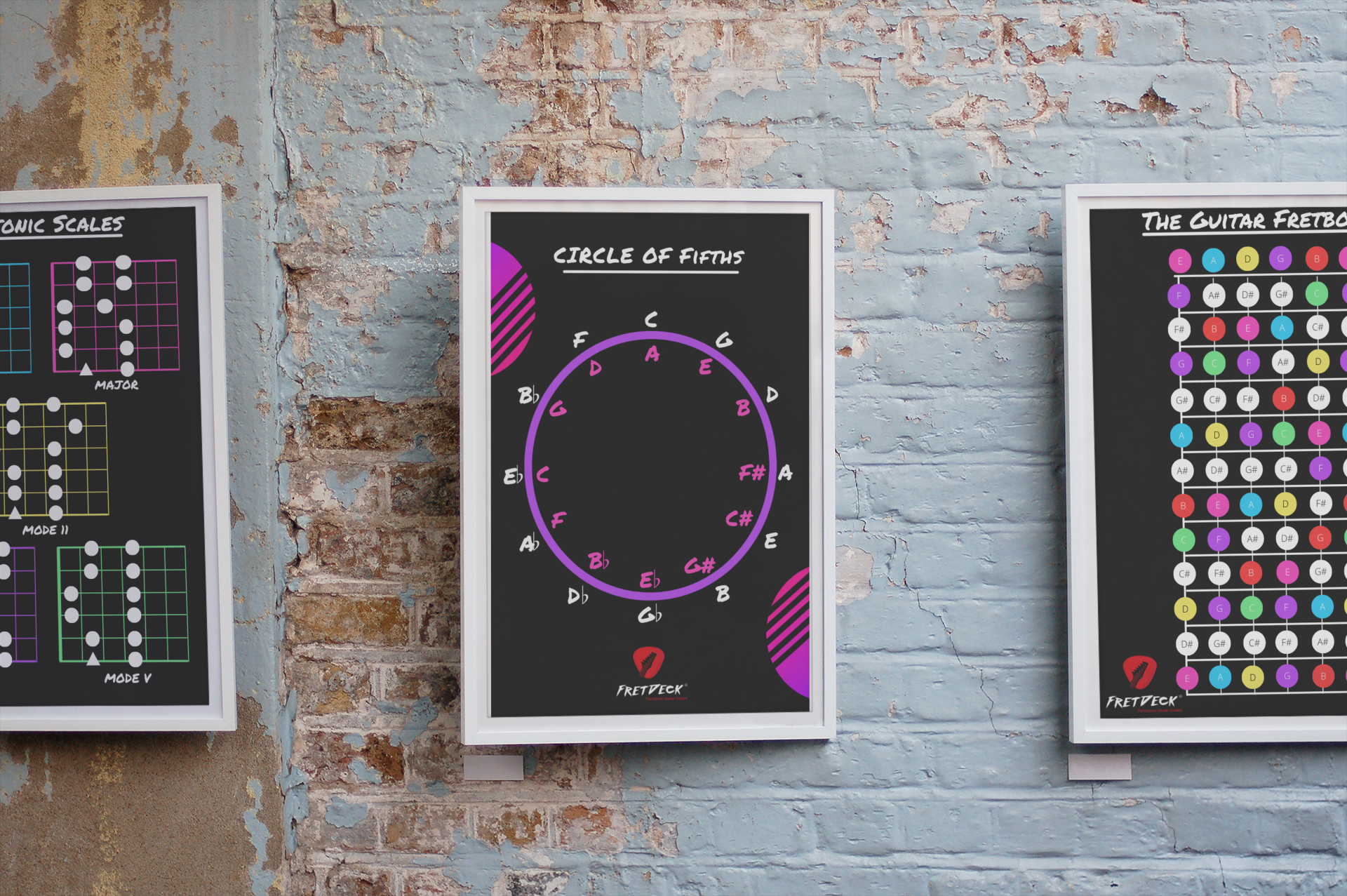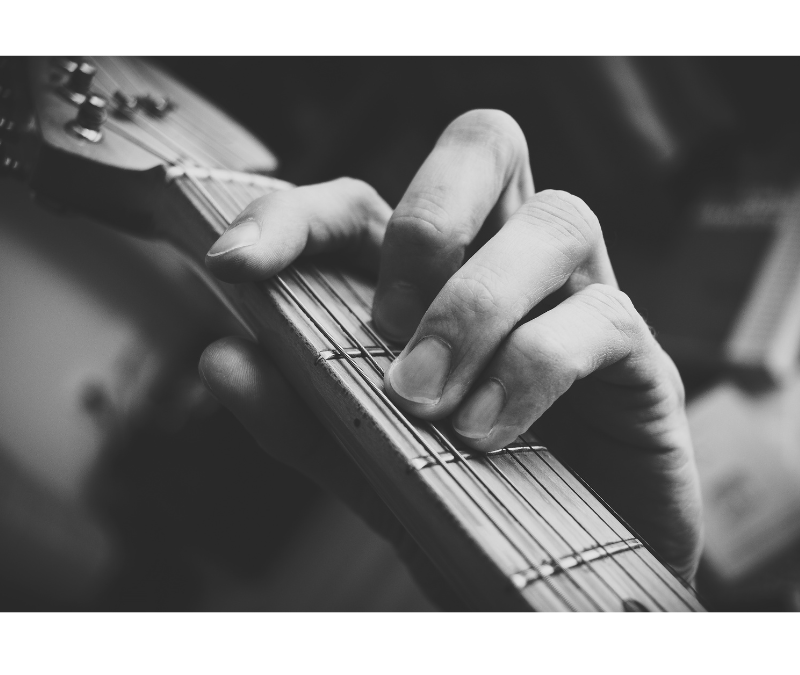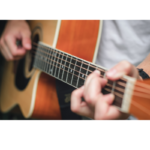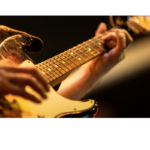Let’s be honest: the key of F major has a reputation. Barre chords. Finger fatigue. That dreaded F major shape that makes beginners groan. But here’s the truth no one tells you—once you master the guitar chords in F, your playing gets stronger in every key.
If you’ve ever struggled to play songs in F or skipped them entirely, this guide is your roadmap. We’ll break down all seven chords in the key, show you how they fit together, and give you practical strategies to make them second nature.
And if you want to unlock the fretboard faster, grab the FretDeck: Pentatonic Scales Kickstarter and join the Guitar Freaks Hangout Discord for bonus lessons and community jam prompts.

❌ Stop Guessing. Start Shredding.
If you’re still fumbling through scale patterns and box shapes… it’s costing you progress.
FretDeck™ is the no-fluff system that shows you exactly how to master the fretboard—fast. Early access.
⚡️ This isn’t for dabblers. It’s for players who want results.
👉 Click here to join the pre-launch now
Early access. Limited rewards. Don’t wait.
🔑 The 7 Essential Guitar Chords in F Major
In the key of F, your diatonic chords are:
- F Major (I)
- G Minor (ii)
- A Minor (iii)
- B♭ Major (IV)
- C Major (V)
- D Minor (vi)
- E Diminished (vii°)
These chords form the emotional DNA of any song in the key of F—bright, soulful, and full of harmonic potential.
✅ F Major (I)
The anchor chord. Yes, it’s a barre chord. But it’s also your ticket to strength, tone control, and smoother transitions across the fretboard.
F Major Shape:
luaCopyEdite|--1--
B|--1--
G|--2--
D|--3--
A|--3--
E|--1--
Pro Tip: Use a capo on the 1st fret and play an E major shape as a shortcut. But don’t avoid the full barre—build that muscle.
✅ G Minor (ii)
This minor chord adds a reflective, jazzy flavor to the key.
Shape (Barre on 3rd fret):
e|--3--
B|--3--
G|--3--
D|--5--
A|--5--
E|--3--
Quick Hack: Play just the top four strings if you’re not ready for full barre chords.
✅ A Minor (iii)
Open-position ease meets moody elegance.
Shape:
e|--0--
B|--1--
G|--2--
D|--2--
A|--0--
E|--X--
Switch Practice: Alternate between A minor and F major to build transition fluency.
✅ B♭ Major (IV)
This chord demands precision. But once you get it, you’ll love the full, lush tone it offers.
Shape:
e|--1--
B|--3--
G|--3--
D|--3--
A|--1--
E|--X--
Tip: Keep your thumb behind the neck and your wrist relaxed.
✅ C Major (V)
One of the most essential chords in any key—especially in pop and folk.
Shape:
e|--0--
B|--1--
G|--0--
D|--2--
A|--3--
E|--X--
Play Challenge: F – Bb – C – F. A classic I–IV–V–I progression.
✅ D Minor (vi)
The relative minor. Think tension, drama, and introspective ballads.
Shape:
e|--1--
B|--3--
G|--2--
D|--0--
A|--X--
E|--X--
Try This: Use arpeggios to let each note ring out. It’s hauntingly beautiful.
✅ E Diminished (vii°)
Often misunderstood, this chord adds suspense and leads perfectly back to the tonic.
Shape (diminished triad):
e|--1--
B|--0--
G|--1--
D|--0--
A|--X--
E|--X--
Use It: Try Gm – C – E° – F. It’s an advanced trick for emotional tension.
🎵 Progressions You Need to Know in the Key of F
Here are 3 gold-standard progressions that’ll elevate your rhythm guitar game:
1. I–IV–V
F – B♭ – C
(Essential in rock, gospel, and soul)
2. ii–V–I
Gm – C – F
(Classic jazz movement for voice leading)
3. vi–IV–I–V
Dm – B♭ – F – C
(Pop anthem structure—endless possibilities)
💡 Practice Tips for Chords in F
- Use a metronome to keep your rhythm tight.
- Loop the hard transitions (like B♭ to F) until they’re muscle memory.
- Record yourself and listen back—this builds awareness and progress tracking.
- Print chord charts or use the FREE 27 Guitar Chord Charts to study visuals.
And of course, grab FretDeck to master pentatonic shapes and solo over these chords with confidence.
🎯 Ready to Master Guitar Chords in F?
The key of F is no longer something to fear. It’s a door to musical fluency, barre chord strength, and expressive songwriting.
You’ve got the roadmap—now it’s time to put in the reps.
👉 Download our free chord charts
👉 Back the FretDeck Kickstarter before early bird perks expire
👉 Join our Guitar Freaks Hangout Discord for free practice challenges and feedback from other guitarists like you

❌ Stop Guessing. Start Shredding.
If you’re still fumbling through scale patterns and box shapes… it’s costing you progress.
FretDeck™ is the no-fluff system that shows you exactly how to master the fretboard—fast. Early access.
⚡️ This isn’t for dabblers. It’s for players who want results.
👉 Click here to join the pre-launch now
Early access. Limited rewards. Don’t wait.
🔗 Internal Link
Looking to solo over these chords? Learn how to use minor pentatonic scales for guitar over F major progressions.
🌐 Outbound Link
Check out TrueFire’s lessons on barre chord mastery to help with F and B♭.
Keep learning. Keep strumming. And don’t be afraid of the F chord.
This is where real fretboard fluency begins.

Download FREE Guitar Charts!
We have 27 FREE guitar charts to help you learn the guitar fretboard. Learn How to play chords and scales with these free resources.
Free Guitar Resources










